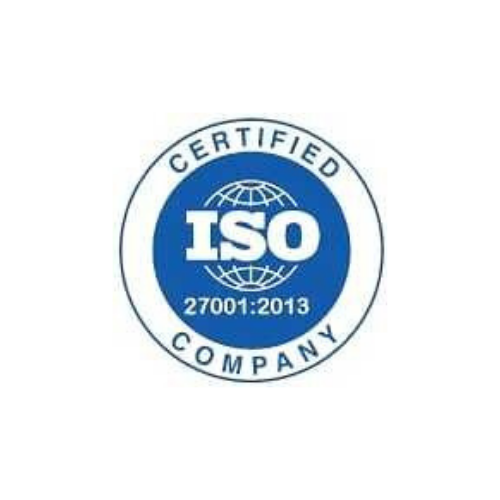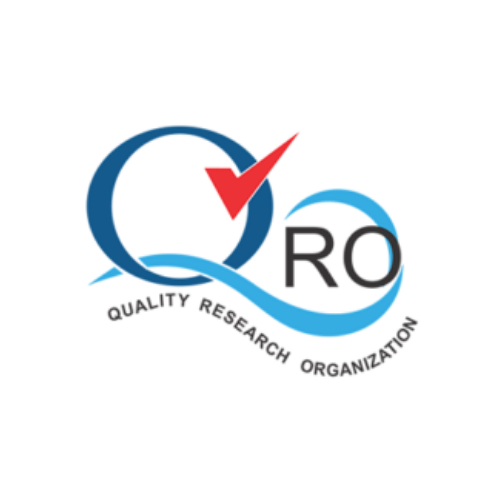DISASTER MANAGEMENT

FLOOD HAZARD ZONATION MAPPING
A flood hazard map is one subset and could be applied as a proper tool in flood basin management. Here we use Multiple GIS and remote sensing datasets, such as Digital Elevation Model (DEM), slope, Aspect, rainfall, distance from the main rivers, Topographic Wetness Index (TWI), Land Use Land Cover (LULC) maps, soil type map, Normalized Difference Vegetation Index (NDVI), and erosion rate was initially produced. Finally, all the processed parameters were integrated using a fuzzy analysis to create the flood hazard map with five classes of susceptible zones.

LANDSLIDE FORECASTING
The generated LSZ map provides principal and essential information on landslide occurrences and the causes and main conditioning factors. It is typically carried out through susceptibility,
hazard, or risk maps: the first ones imply classifying, estimating the area or volume, and assessing the spatial distribution of existing and potential landslides in the study area; hazard maps are
related to the frequency (i.e., annual probability) of landslides; risk maps also assess the potential damage to the elements at risk. Susceptibility maps are usually the result of combining the
weighted influence of several parameters on the landslide predisposition.
TSUNAMI
GIS, RS & GPS is useful in disaster management applications & for decision-making. The evolution of computer technology and the availability of hardware is helpful for the rapid expansion of GIS in disaster research and practice for better management of coastal hazards. Here SenseImage uses all the parameters in both tsunami vulnerability and tsunami risk assessment to analyze through cell-based analysis in a geographical information system. The weight of each parameter was calculated through the analytical hierarchy process, and the results were provided as maps of tsunami vulnerability and tsunami risk. analytical hierarchy process, and the results were provided as maps of tsunami vulnerability and tsunami risk.
SEARCH AND RESCUE DURING DISASTER
The drones can be deployed much more quickly than traditional manned disaster response aircraft. This gives first responders the opportunity to carry out mission-critical reconnaissance and threat assessment of the disaster area prior to sending relief workers into the area to perform search and rescue operations. They also allow relief workers to cover large search grids much more efficiently than traditional ground relief teams. Drones provide unique capabilities that are leveraged by emergency service providers all over the world. They are already saving thousands of lives through participation in various public emergency and safety operations.





